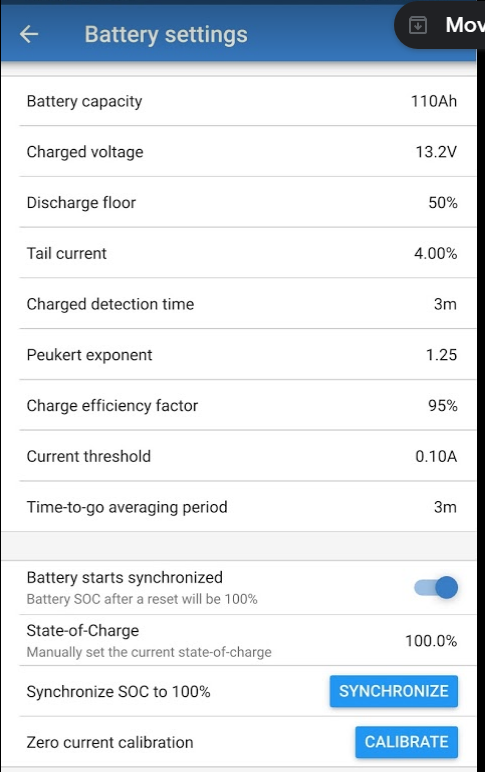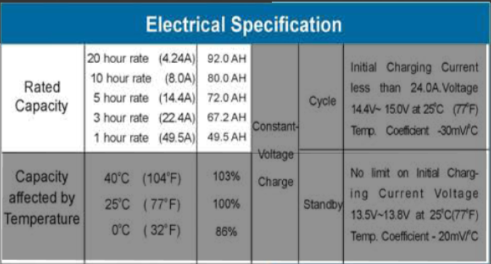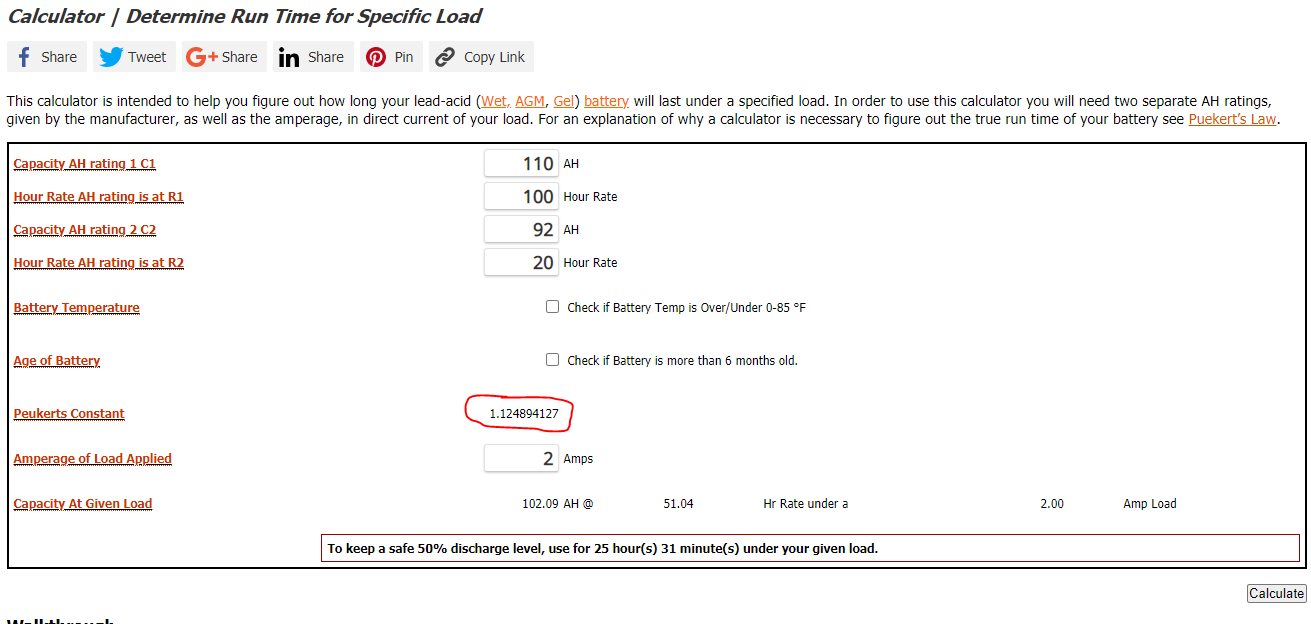Hi All,
I am relatively new to campervan setups, and I do not have a background in 12v electrics.
I have had a Victron 500A Smart Shunt installed in my campervan, which I am really pleased with on first inspection.
There are a number of options in the Victron Connect app to allow configuration of the Smart Shunt, here are those settings.

Even after looking in the manual, I am not 100% sure what many of them mean, and whether the factory default settings are correct for my specific battery.
I have already changed the Battery Capacity setting to be 110AH to match the battery, but I am not sure about the rest of the numbers (Tail current, charge floor and so forth) in relation to my specific leisure battery.
Question 1
The battery fitted is a brand new 12V 110AH Xtreme AGM Leisure Battery (XR1750) NCC Class A . I am hoping someone on here can either confirm that the default settings are fine, or give me an idea as to what they should be?
Question 2
When I know the battery is 100% I want to click the "Synchronise" button (I am not sure the installer did this). My question here is, do I need to wait for the battery to be at rest (so the voltage has settled), i.e. a couple of hours after dark, or can I just click it during the day when it is in "float mode" (when the voltage would be higher)?
Many thanks for the information.


